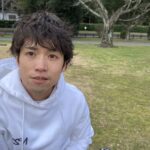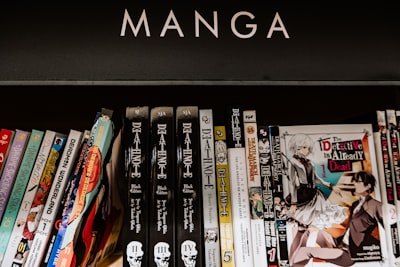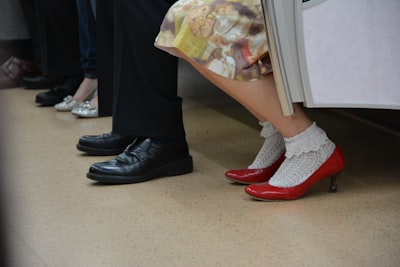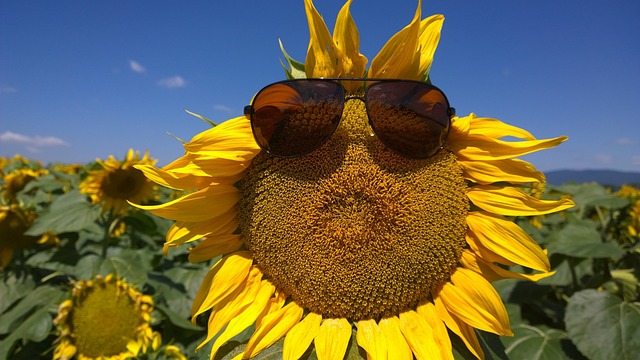Beauty of Kanji:My Favorite Ideogram Characters
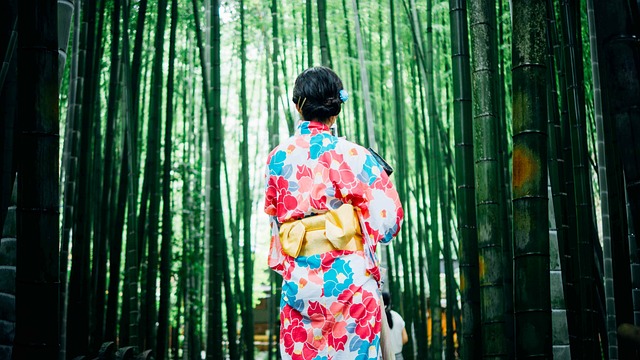
Kanji is deeply ingrained in the Japanese language and culture. As such, the emotions and meanings Japanese people attach to kanji extend beyond mere words, reaching into the depths of the heart. The use of kanji in tattoos and on T-shirts isn’t just about surface-level decoration or language; it serves as a means to express one’s identity, culture, and life values. In this article, I will convey the profound meanings and allure of kanji from my own perspective as a Japanese individual, aiming to lend greater credibility to the discussion.
what is the most beautiful kanji?
愛 ai
“愛” means “love” and is often used as a word to express emotions and concepts such as affection, passion, empathy, endearment, and friendship.
“愛” represents people having empathy and passion for each other.
In Japanese culture, “愛” is commonly used to express deep affection and respect for family, friends, partners, and society as a whole.
夢 yume
”夢” means “dream”.
“夢” carries the meaning of representing fantastical images seen during the night, as well as hopes and aspirations for the future.
“夢” not only encompasses dreams experienced during sleep but also refers to the ideals, goals, and visions that people hold.
道 michi
“道” means “load”.
“道” encompasses multiple meanings.
- It represents roads or streets.
- It indicates morality, ethics, and way of life.
- It can also refer to spiritual paths or methods of practice in religion and philosophy.
光 hikari
“光” means “light”.
“光” carries several meanings.
- It represents light and brightness, referring to physical light.
- It often symbolizes liberation from darkness or ignorance, as well as hope and a bright future.
- In religion and philosophy, It can represent revelation, enlightenment, truth, and sacredness.
咲 saku
“咲” means “bloom”.
“咲” contains the meaning of flowers blooming, as well as representing growth and development.”
“咲” also signifies the beginning of hope or potential being realized, and the sprouting of vitality or life force. It is commonly used as a word imbued with positive imagery and hope.
美 bi
“美” means “beautiful”.
”美” encapsulates the meaning of expressing beauty, aesthetic consciousness, and aesthetic value.
“美” refers to various aesthetic elements such as beautiful scenery, works of art, both the external and internal beauty of individuals, words, actions, and more.This character is commonly used when admiring beautiful things or states.
神 kami
“神” means “God”.
In many religions, such as Shintoism, Buddhism, and Christianity, “神”is used to refer to gods or supernatural beings. For example, in Shintoism, nature and ancestors are worshiped as gods, and in Christianity, it is used to refer to the one God.
“神” can also be used to refer to individuals who possess exceptional talent or achievements in a specific field.
天 ten
“天” means “heaven”.
“天”encompasses the broad meaning of sky or universe. Particularly, it refers to natural celestial bodies and the starry sky.
“天” also represents gods or sacred entities. In many religions and beliefs, it may refer to the dwelling place of the gods or sacred realms. “天” can also represent individual destinies or fates. It signifies destinies bestowed from the heavens, as well as inevitable events.
和 wa
“和” encompasses multiple meanings.
- It represents a state where different elements harmonize and unify with each other. This spans across various contexts such as relationships within families and communities, balance in the natural world, and the harmony of different elements in music and art.”
- It refers to a peaceful state without conflict or strife. This can be used on a large scale, such as international peace or societal peace, or it may refer to the peace of an individual’s mind.
- Creating warmth and kindness between people is also an important aspect of “和”. The expression ‘to soothe one’s heart’ includes this meaning as well.
命 inochi
“命” means “life”.
“命” is used in relation to all living beings, including humans, animals, and plants. For example, expressions such as ‘protecting life’ and ‘risking one’s life’ emphasize the importance of life and the efforts made to live.
”命” is also used to refer to someone very important. For example, expressions like ‘She is my life’ can be used to show how crucial a loved one is to oneself.
心 kokoro
“心” encompasses multiple meanings.When translated directly, it means “heart” or “mind,” and has the following various uses.
- It refers to a person’s psychological state or mental activities, encompassing mental processes such as thinking, feeling, and wishing.
- It is used to express a wide range of emotional experiences, such as love, joy, sadness, and anger. Expressions include “heartache” and “heartwarming stories.
- It is also used to represent a person’s will or determination, as in “make up one’s mind” or “be mindful of.”
- It denotes sincerity or genuineness, used in expressions like “a heartfelt thanks” or “with all one’s heart.”
魂 tamashii
“魂” means “soul”.
When discussing human consciousness or the essence of one’s inner self, “魂” is often brought up. Discussions about the purpose of an individual’s existence or their fate after death sometimes focus on the immortality of the soul. In many religions, “魂” is considered an eternal entity that transcends the human body.
In creative activities such as art, music, and dance, the expression “putting one’s soul into it” is used.
絆 kizuna
”絆” means “bond”.
“絆” is used to describe the strong connection or relationship that exists between people. It symbolizes the power to bind people together through deep affection, trust, and empathy.
In 2011, when the Great East Japan Earthquake occurred, the word “絆” was pervasive throughout Japan.
翔 shou
“翔” means “to fly” or “to soar in the sky,” and is commonly used to describe the smooth flight of birds or other flying creatures through the air. This character can also symbolize abstract concepts such as freedom, hope, and ambition. Additionally, “翔” is often used in names, where it implies a wish for the person to soar high, have a broad perspective, and embrace a bright and positive future.
Furthermore, “翔” carries connotations of progressing or moving forward, and is used to represent the power to overcome difficulties and advance, as well as the attitude of striving towards a goal. With its beautiful shape, the kanji “翔” provides positive meanings to many people and is utilized in poetry, literature, and lyrics.
舞 bu
“舞” signifies dance or dancing, referring to the artistic expression of moving one’s body to music. Through its beauty, grace, and refined movements, it offers viewers emotional and aesthetic experiences.
“舞” not only literally refers to performances and dances on stage but also, in a broader sense, symbolizes the light movements of birds or butterflies soaring through the air. The act of dancing can provide a temporary escape from daily life, evoking feelings of freedom and liberation.
華 hana
“華” symbolizes beauty, splendor, and luxury, and is used in many contexts.
- It is used to represent the beauty of the natural world, especially the beauty and allure of flowers. It symbolizes aesthetic sense and visual pleasure.
- It is also used to denote rich and flashy decorations or atmospheres, indicating that a particular place or thing possesses a special attire or charm.
- It serves as a symbol of success, glory, and prosperity.
- It can also represent youthfulness, freshness, and vitality. This is associated with the imagery of flowers blooming.
結 yui
“結” is used to strengthen the relationship between people, such as friendship, love, and family bonds. For example, there are expressions like “forming a friendship” and “marriage.
The image of the kanji “結” includes connection, union, unity, completion, and results.It is also used to indicate that a certain event or activity has been completed or has come to an end. Expressions like “drawing a conclusion” fall under this usage.
